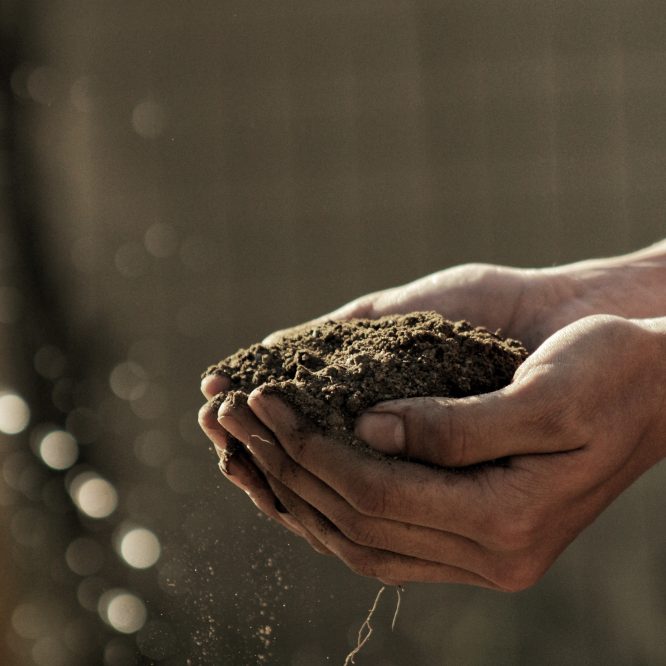I have a special circumstance for my composting process because I live in bear country. If you do not compost correctly, you will have bears come into your yard and sift through your compost heap. Odour free compost piles ensure you won’t get unwanted visits from bears.
This is a great link to the specifics of composting in bear country from The Squamish Chief
For those in condos and apartments you can’t have a compost pile, but many are fortunate enough to live in cities where the city has organic waste programs. If you are lucky to have this, I urge you to please use it. If your city does not have such a program, you could contact your city officials, member of parliament, mayor’s office etc. to try to get one started in your community.
If bears are not a concern for you, here is how basic composting works:
Forget those big black plastic compost bins. You don’t need one. Digging a hole in the earth is just fine. This aids in the breakdown of organic matter. I have seen some folks put up lattice around their compost heap to disguise it.This works really well, but be creative, you can find something that will go with your style. You will also need to cover your pile. You can use plywood to cover your pile. This makes it look a little nicer, but plastic sheeting works as well. If you are in an area with constant high winds, you will need something sturdier than plastic sheeting.
Your first layer should be twigs or straw. This allows for drainage and helps to aerate. Think about how you add small stones to the bottom of flower pots for drainage. This is the same concept.
Always alternate dry layers with wet ones. For example, if you have coffee filters and veggie peels you would place them in a layer and then add your leaves or straw next. You can add sawdust as well. If you have a wood stove or wood burning fireplace you can add the ashes as your dry layer as well. Be sure to spread them out well.
Adding grass clippings to your mix brings nitrogen into the pile and speeds the decomposition process. Other nitrogen rich things to add are clover, buckwheat, and other grasses. However, you do not want too much nitrogen in the compost pile. This can lead to odour. So layer your grass clippings with leaves, twigs etc.
A note on food: never compost meat scraps or fish. Only use washed egg shells. Also, there are peels that should not be added. Those that are high in pesticides, such as orange peels. You don’t want the pesticides in your compost.
You need to keep your pile moist but not soaking wet. Water it every once in a while.
You do need to turn your pile every few weeks. A pitchfork works best for this.

Once your compost pile gets going you can stop layering dry and wet and just mix things in.
Never put diseased plants in your compost. This will spread the disease through your whole pile and you will need to start again. Also, perennials should be avoided as they tend to grow in the compost or will self seed in your compost pile.
There are more in-depth instructions for composting but this is a great way to get started. It is very satisfying to fertilize your garden with compost you’ve made yourself. (Plus it saves money and less waste goes to landfill!)
Happy composting!
Many blessings,
Lady Black
Sources:
“The Canadian Garden Primer” by: Mark Cullen
eartheasy.com
squamishchief.com
